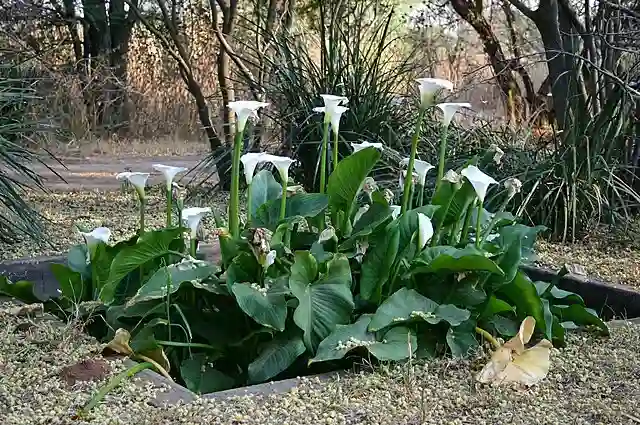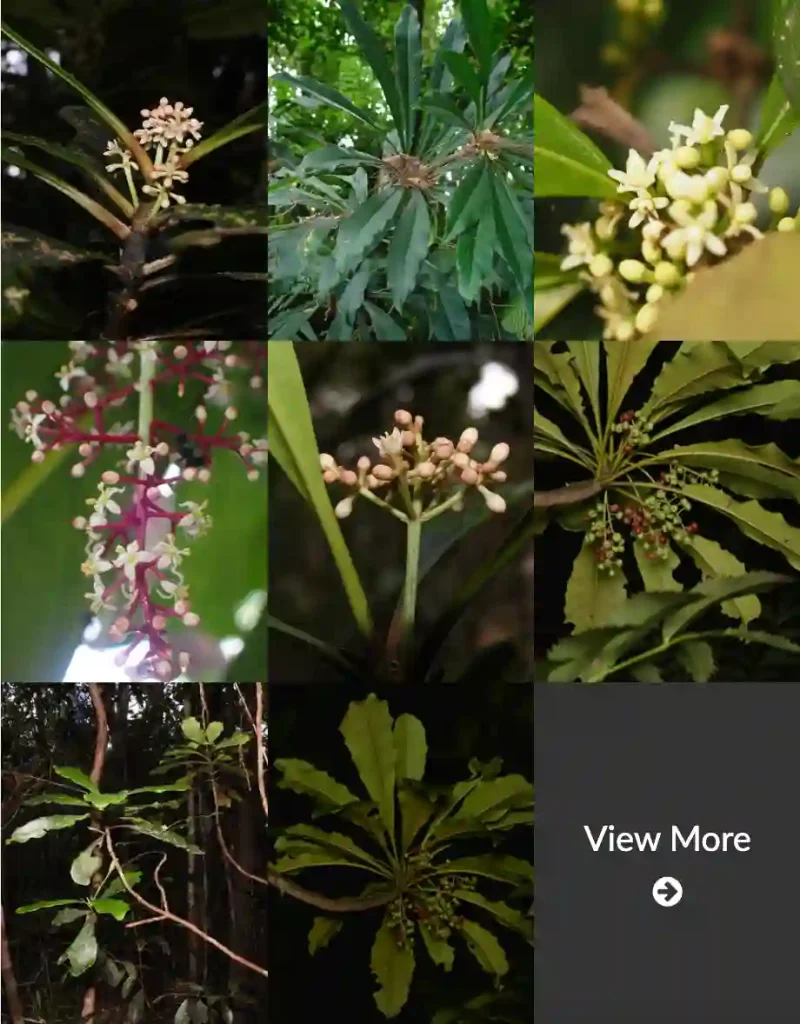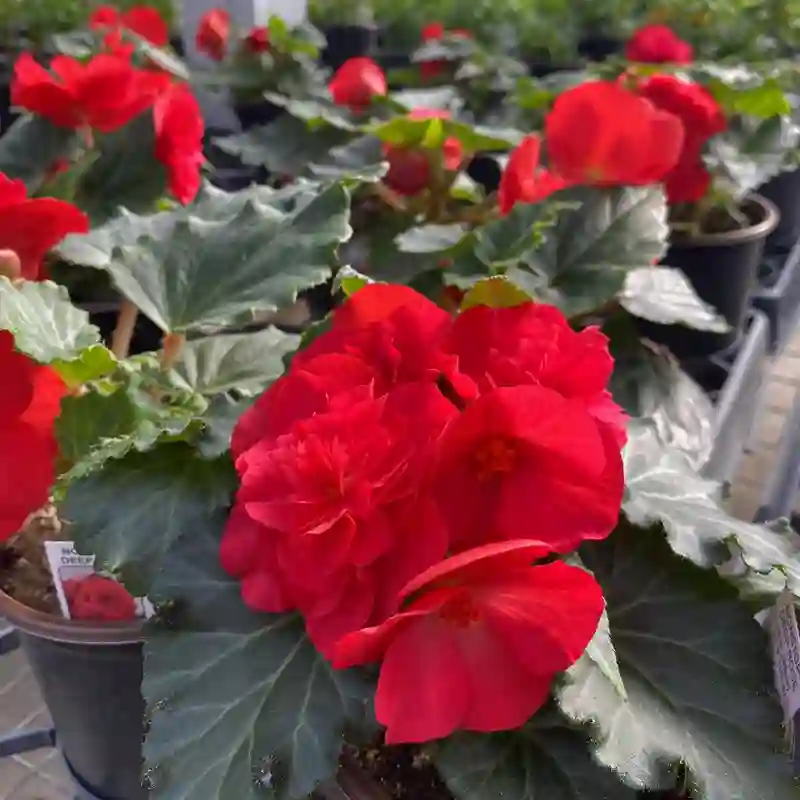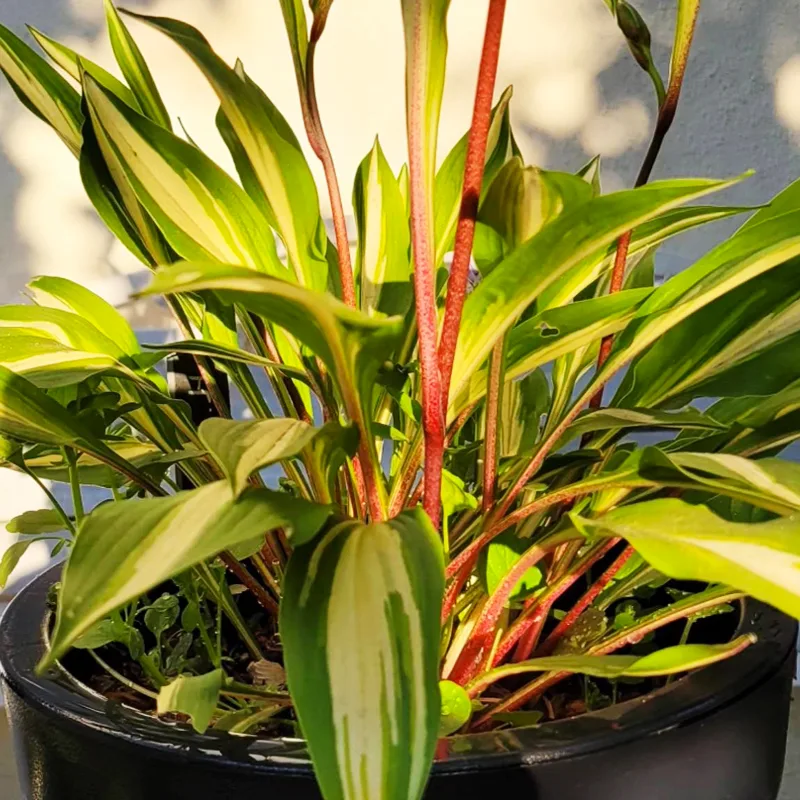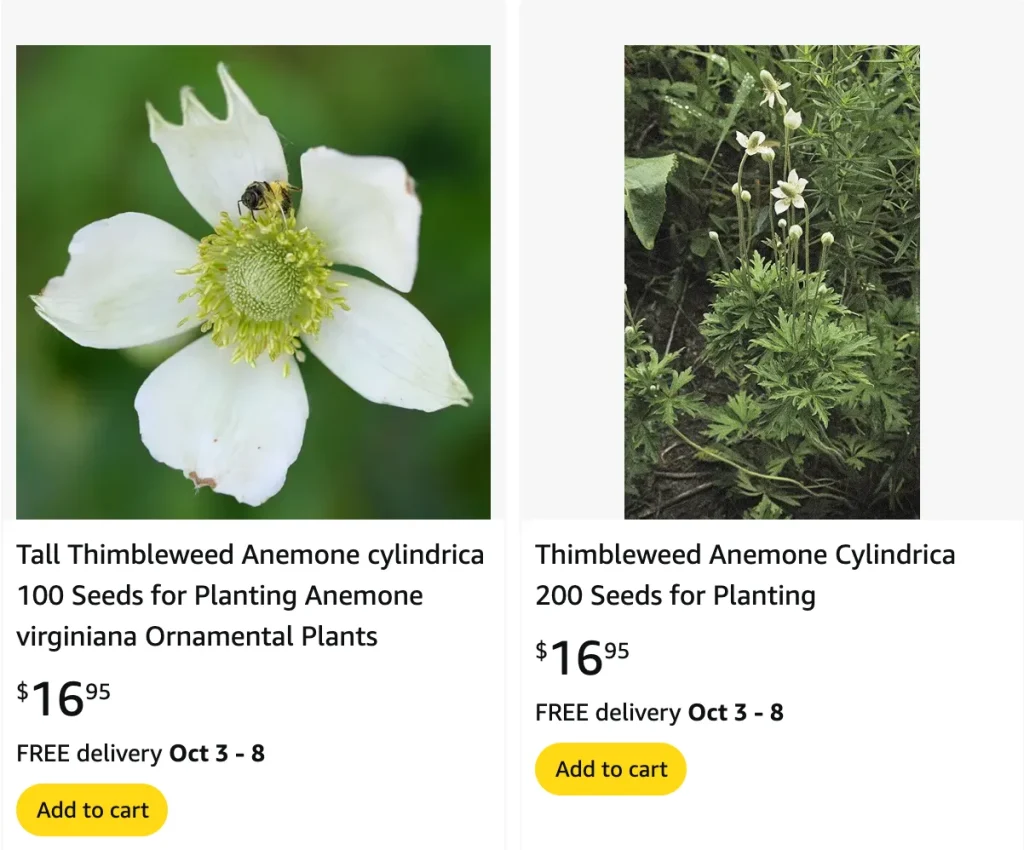
FAQs About Anemone Cylindrica
I’ve had quite a bit of experience with Anemone Cylindrica, so I’m excited to share some insights into this unique plant. Whether you’re a seasoned gardener or just curious, I’ll cover everything you need to know about growing and caring for Anemone Cylindrica.
115 Species in Genus Anemone
What Is Anemone Cylindrica?
Anemone Cylindrica, also known as the Cylindrical Anemone, is a perennial plant native to North America. It’s known for its distinctive cylindrical flower heads that appear in late summer and fall. The plant features tall, slender stems and clusters of creamy white to pale pink flowers that gradually turn a soft lavender as they age. The foliage is also quite attractive, with finely divided, fern-like leaves that add a delicate texture to the garden.
How to Care for Anemone Cylindrica?
Caring for Anemone Cylindrica is relatively straightforward. Here’s a quick guide:
- Light: This plant thrives in full sun to partial shade. It prefers bright, indirect light but can tolerate a bit of shade, especially in hotter climates.
- Soil: Anemone Cylindrica prefers well-draining soil that is rich in organic matter. A slightly acidic to neutral pH is ideal.
- Watering: Regular watering is essential, especially during dry periods. However, avoid waterlogging, as this can lead to root rot. Allow the top inch of soil to dry out between waterings.
- Fertilizing: A balanced, all-purpose fertilizer applied in early spring can support healthy growth and flowering. Avoid over-fertilizing, which can lead to excessive foliage growth at the expense of flowers.
- Pruning: Deadhead spent flowers to encourage more blooms and tidy up the plant. In late fall, after the foliage has died back, cut back the stems to ground level.
How to Propagate Anemone Cylindrica?
Propagating Anemone Cylindrica can be done through several methods:
- Division: This is the most common method. Divide the plant in early spring or fall. Dig up the clump, separate the root sections, and replant them in well-prepared soil.
- Seed: You can also grow Anemone Cylindrica from seeds. Start seeds indoors about 6-8 weeks before the last frost date. Sow them on the surface of the soil and lightly cover them. Keep them moist and provide warmth to encourage germination. Once seedlings are large enough, transplant them outdoors after the last frost.
What to Plant With Anemone Cylindrica?
Anemone Cylindrica pairs well with various plants in the garden:
- Companion Plants: Consider planting it alongside other late-blooming perennials like Echinacea (Coneflower), Rudbeckia (Black-eyed Susan), or Solidago (Goldenrod). These companions can complement its flowering season and create a vibrant display.
- Foliage Plants: Combine it with ornamental grasses like Calamagrostis (Feather Reed Grass) or Miscanthus (Silver Grass) for a striking contrast in texture and form.
Is Anemone Cylindrica Toxic?
Anemone Cylindrica is generally considered non-toxic to humans and pets. However, it’s always a good idea to keep any plant out of reach of curious pets or children, just in case. If ingested in large amounts, it could cause mild gastrointestinal upset, so monitoring is advisable.
Benefits of Anemone Cylindrica
Anemone Cylindrica offers several benefits:
- Aesthetic Appeal: Its unique flower heads and delicate foliage make it an attractive addition to any garden.
- Pollinator Friendly: The flowers attract bees, butterflies, and other pollinators, making it a great choice for a wildlife-friendly garden.
- Low Maintenance: Once established, it requires minimal care, making it ideal for busy gardeners or those looking for low-maintenance plants.
Common Problems with Anemone Cylindrica
While Anemone Cylindrica is relatively hardy, it’s not without its issues:
- Powdery Mildew: This fungal disease can affect the plant, especially in humid conditions. To manage it, ensure good air circulation around the plant and apply a fungicide if necessary.
- Slugs and Snails: These pests can be attracted to the tender foliage. Use slug bait or natural deterrents like crushed eggshells around the base of the plant to keep them at bay.
- Root Rot: Overwatering or poorly draining soil can lead to root rot. Make sure the plant is in a well-draining location and adjust watering practices if you notice signs of rot.
Comparing Anemone Cylindrica with Similar Plants
It’s easy to confuse Anemone Cylindrica with other anemones or similar plants:
- Anemone Patens: Unlike Anemone Cylindrica, Anemone Patens has broader leaves and a more upright growth habit. Its flowers are also typically single and larger.
- Anemone Hupehensis: This variety, known as Japanese Anemone, has a more sprawling growth habit and different flower structure. It blooms in late summer to fall, similar to Anemone Cylindrica, but has a different overall appearance.
In summary, Anemone Cylindrica is a fascinating and relatively easy-to-care-for plant that can enhance any garden with its unique flowers and delicate foliage. Whether you’re propagating, pairing it with other plants, or simply enjoying its benefits, it’s a great addition to a variety of garden settings.
If i die, water my plants!
